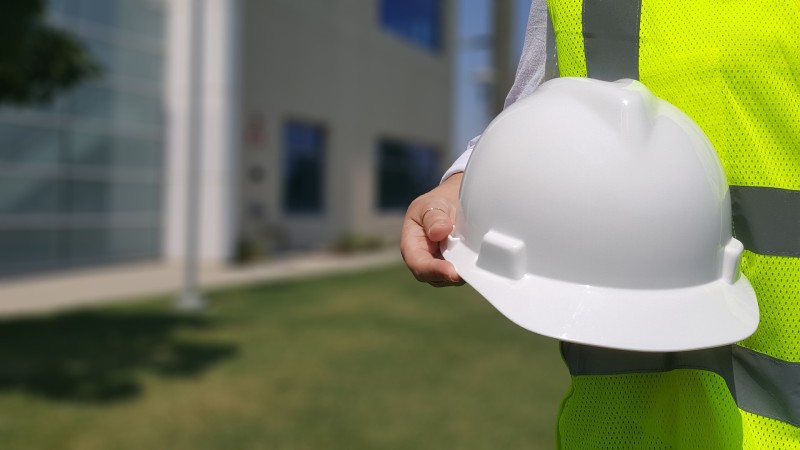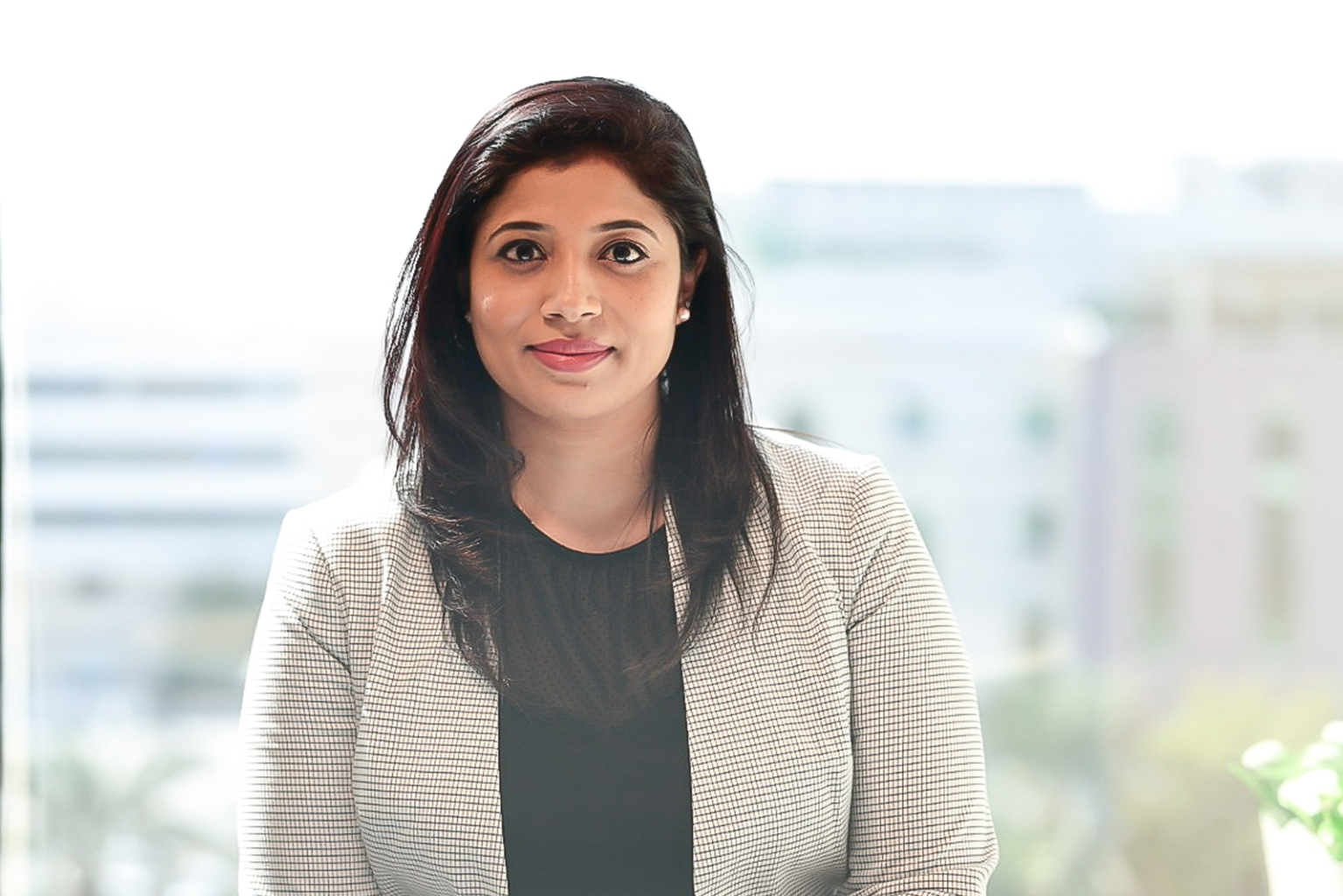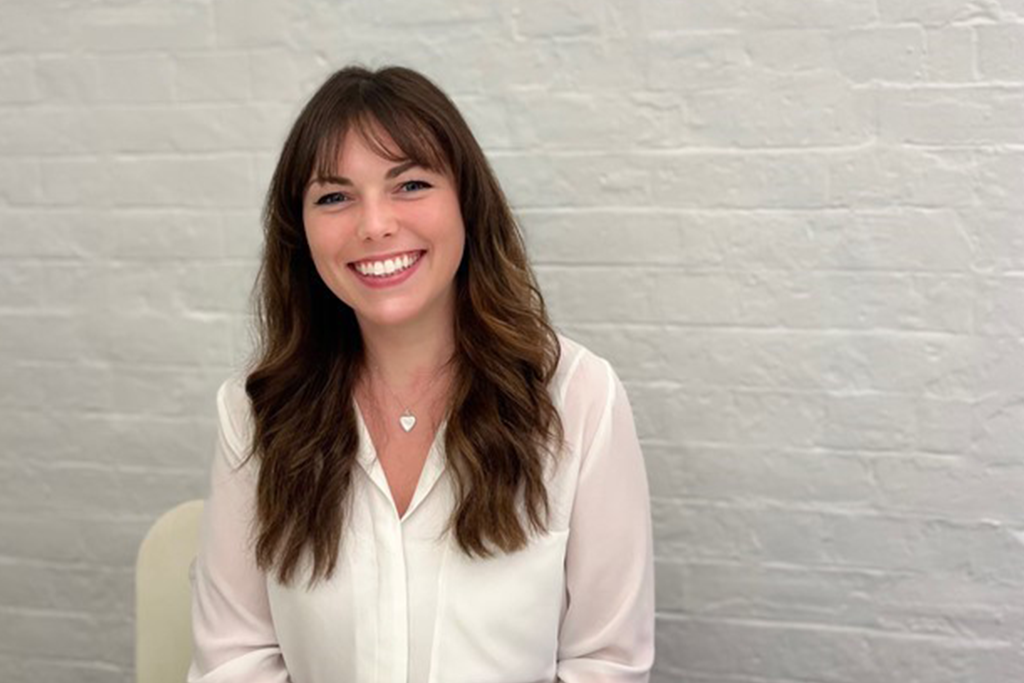“The more women in construction, the louder our collective voice”
Ranju Warrier (Editor, Construction Week Middle East) gains insights from WME’s Ambika Nair (Director – HR & Business Support) and Abbie McGrath (Graduate Sustainability Consultant – UK office) on the company’s approach to equality, diversity, & inclusion.
And what it means to have a gender-equal work environment in #construction.
Ranju:
Shifting focus from diversity to inclusion, how is your company demonstrating inclusion and providing an equal platform for employees, unlike female and male, to grow?
Ambika:
Looking at the shift to inclusion has allowed WME to fully embrace new ideas, encourage different styles of thinking, and creating a more flexible working environment. Inclusion starts with inclusive leadership with the leaders ensuring that their team has a voice and is empowered to speak up as we create a safe environment for our employees. We don’t recruit to just fulfil our quotas but to create a happy workplace for our team to perform to their greatest potential. Every talented person we hire has different needs and we pride ourselves in providing a work environment that fosters both a sense of belonging at work, and also safeguards everyone’s psychological safety. Collaboration, mutual respect and openness is an integral part of our work culture. We function as one company, one team, with one vision. We understand that not everyone has access to the same education and resources. By actively hiring talent from all walks of life using a variety of on and offline channels, WME is not only creating a more equitable work environment, but also better representing the clients and communities we serve.
Ranju:
What actions would you like to see when it comes to hiring more women as well as promoting and recruiting them into leadership roles?
Ambika:
I would like to see women getting the correct opportunities that they should be entitled to based on their experience, knowledge, and hard work ethic. During the hiring process, there should be no form of bias based on someone’s sex, both genders are capable, this is the same for promoting into leadership roles if someone proves they can do the job then there should be no disadvantage on them as they are women.
We believe that women are a strong attribute to leaderships roles and we hope to bring in more to strengthen our team. We value the opinion of our employees irrespective of gender.
Ranju:
How is your company setting the right inspiration for young female professionals to be a part of the industry, especially in design and engineering?
Ambika:
The engineering industry is a tough one for women as it is still predominately more male-driven. We are arranging for our female engineers to go speak to some high schools on the excitement of being a woman in engineering to try to encourage the younger generation to get more involved. Recently we have had one of our female engineers take part in a great campaign with ITP magazine along with other great young female engineers to create an inclusive culture to support strong women in engineering.
Ranju:
What is that one thing that you think is still stereotyped when it comes to diversity/ equality in the workplace in your respective sector(s)?
Ambika:
The biggest stereotype that is still present is the presence of women on the construction site, it is still seen to be a “Man’s job” compared to women working in the design office. At WME we have a great woman who is based on-site and is doing an amazing job to shut down this stereotype, she has been a great addition to our team and has been with us for over 5 years, and is helping to fade this stereotype away.
Ranju:
What role according to you can women play in reducing the impact the construction industry has on climate change?
Abbie:
Climate change is very much a women’s issue, due to the disproportionate impact it has on women worldwide. A UN report found that 80% percent of people displaced by climate change are women, while globally women earn 24% less than men and hold only 25% of administrative and managerial positions. In construction, female representation is particularly low, with women making up only 14% of workers.
In contrast with this low figure, the construction industry is one of the biggest sectors for carbon emissions, accounting for 36% of final energy use and 39% of energy and process-related CO2 emissions in 2018. Women in construction are therefore simultaneously part of the most vulnerable demographic and one of the biggest contributors to climate change. It is therefore important to use our positions in the industry to drive positive change, whether advocating for green energy and infrastructure directly or through creating a more open environment for women in the future. After all, the more women in the construction industry, the louder our collective voice will be. And – with the World Bank showing that gender-informed approaches to carbon reduction are more effective – the louder our voice, the greater the climate action.






